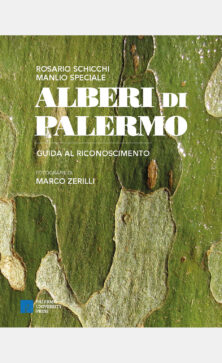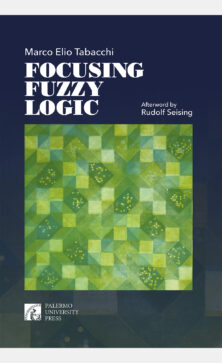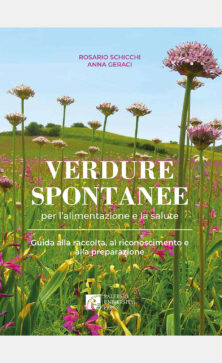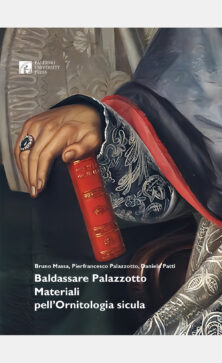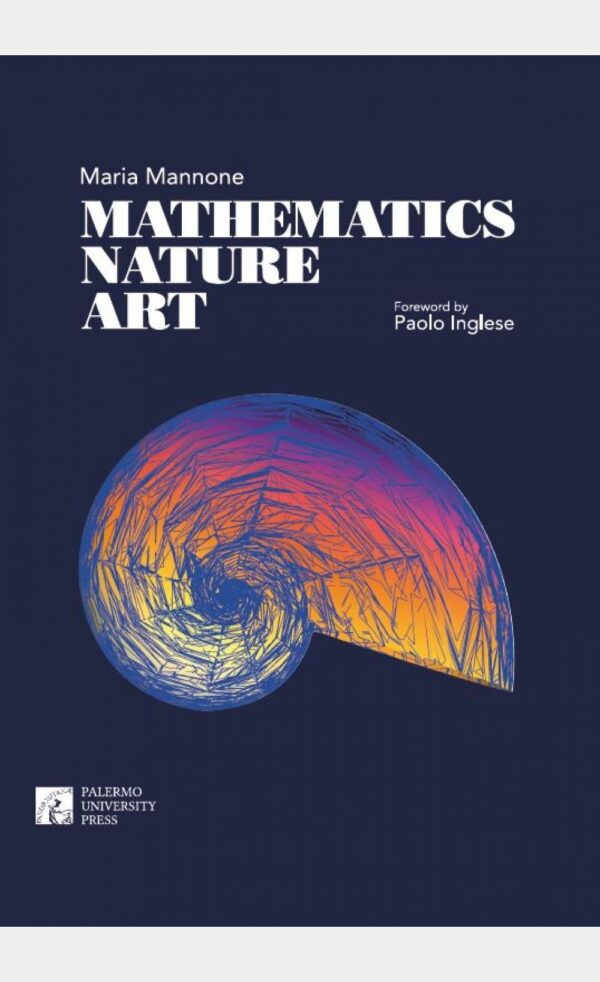
Mathematics, Nature, Art
Cartaceo 30,00€ - Digitale 5,00€
Taking into account the languageA,A?of mathematics, and in particular of the most abstract area of mathematics, thatA,A?is, categories with their diagrams, this book explores some natural shapes displayed inA,A?the mentioned places in Palermo, showing how they can be mapped into sound. The book ends with two orchestral pieces, “A Fight for Light” and “Perfect Shapes in the Prehistoric Sea,” based on the proposed ideas. We are trying to build a unitary vision of music, visual arts, and nature. In fact, one of the main characteristics of categories is the possibility of giving a unifying language. At some points of the book, we will be using specific results of category theory.
This book can be read as a journey through music and some forms from nature, in light of mathematics. This is also a journey through unique places in Palermo (Italy), and precisely: the Botanical Garden (the largest in Europe), the Doderlein Museum of Zoology, and the Geology and Paleontology Museum Gemmellaro. Around the end of Eighteenth Century, Palermo was renown worldwide for the Circolo Matematico and its official journal, Rendiconti del Circolo Matematico di Palermo, where Poincar´e, Hilbert, Landau, and Borel published research papers. Taking into account the language of mathematics, and in particular of the most abstract area of mathematics, that is, categories with their diagrams, this book explores some natural shapes displayed in the mentioned places in Palermo, showing how they can be mapped into sound. The book ends with two orchestral pieces, “A Fight for Light” and “Perfect Shapes in the Prehistoric Sea,” based on the proposed ideas. We are trying to build a unitary vision of music, visual arts, and nature. In fact, one of the main characteristics of categories is the possibility of giving a unifying language. At some points of the book, we will be using specific results of category theory.
| Tipologia | Cartaceo, PDF |
|---|---|
| Autore | Maria Mannone |
| Data di pubblicazione | Ottobre 2019 |
| Editore | PUP |
| ISBN | 9788855090469, 9788855090490 |
| Pagine | 132 |

